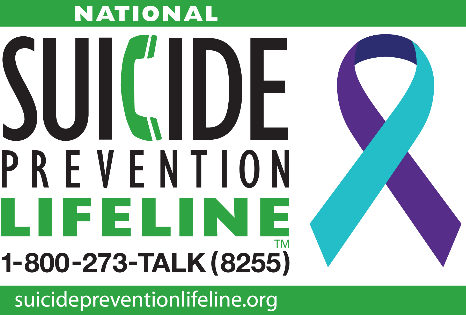What to do when you go to a provider?
-
The first thing you want to do is search for an in-network provider using the healthcare provider search. You will select the PPO Network that you can find on your insurance ID card. Some of our plans have different benefits if you use an In-Network provider vs one that is not. Please see your plan document for those details. You can search thousands of providers based off your zip code, specialty, and more. If you are a student or scholar, you may choose to go to your Student Health Center if you have access to one.
-
After you have found a provider to go to make sure you’ve printed out your ID card to bring.
-
Provide the hospital or doctor with a copy of your ID card so they can bill us for the services provided to you. This shows your member ID and is how to find you in our system to verify benefits and eligibility. Depending on your policy your ID card might also have a special Payer ID code for direct billing. Failure to give the correct information to the provider could result in bills getting sent to you, instead of the insurance company.
-
In most cases, you are only required to pay your deductible, applicable co-pays, and the cost for any services which may not be covered under your policy. However, if you are required to pay for services in full, then you will need to provide the necessary documentation for reimbursement: a. Signed medical statement which includes medical coding for service performed by the service provider; b. Proof of payment (receipts) and c. Copy of your passport or I-94. If you get a bill from a provider call them to make sure they have your insurance information. Failure to contact them with your information will delay the processing of your claim and could result in you being solely responsible for the charges.
-
All claims, regardless of submission date, must be received in our office within 90 days of treatment or they will be denied. Initial treatment must occur within 90 days of the Accident or Sickness.
-
Once a claim has been reviewed, additional documentation may be required for processing. This request will be made in writing via email. Please make sure your email address is current. If requesting a reimbursement – please provide your mailing address or banking info on the claim form.
-
Lastly, after a claim has been processed you and the provider will receive an explanation of benefits (EOB). This explanation has a claim number, date of service, paid date, amount paid, amount applied to your deductible and an explanation as to why/how the claim was processed. The EOB will also state if you owe the provider anything for the service. If there is a reimbursement to you, a check or direct deposit to your account will be noted on the EOB. If you get a bill from a provider and do not get an EOB from us within 60 days, please contact us at the number above for claim status.
-
If a claim is denied you will receive a written explanation on the EOB. If you feel the decision is wrong, you have the right to appeal the decision.
